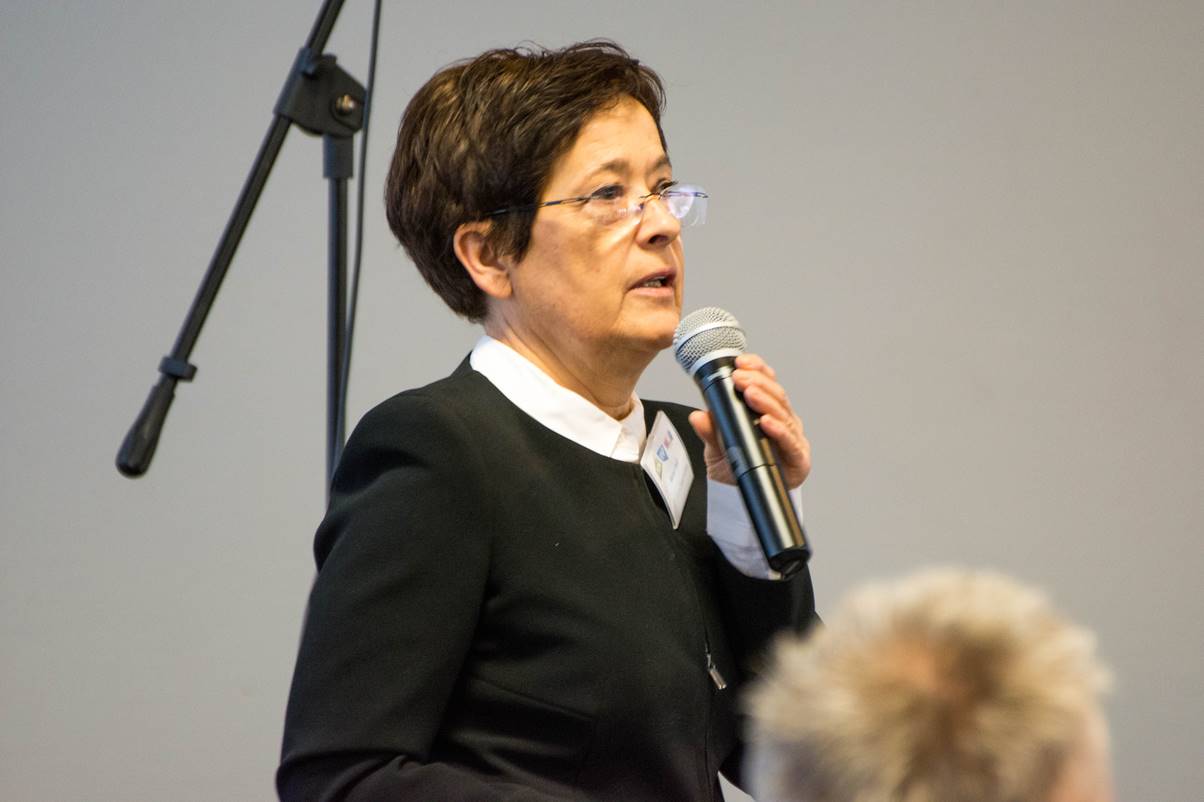Mateja Mesl, director of the Slovenian ICP Institute (paper and pulp, ed.), was part of 17-people strong delegation visiting the Netherlands in the beginning of february. Mesl herself presented the strategy of her sector to an audience of over 150 representatives of the Dutch paper en pulp sector.
‘Slovenia has a long history in paper and pulp production. More than 50 per cent of its surface is taken up by forests. Since the 15th century paper and pulp production has been taking place. At the moment there are 6 paper mills operational and more than 100 companies active in valorising paper and pulpproducts.’
Fallopia japonica
According to Mesl, the paper industry in Slovenia is situated at the core of a circular economy. ‘It is our aim to develop new value chains in cooperation with organisations and/or companies in other sectors, such as the chemical sector, automotive, construction and textiles. Already in place is a R&D-program, called CelCycle, in which various feedstocks are being investigated. These are non-woody streams: plant-based materials from fallopia japonica, phragmatis australis and residues from hemp cultivation. The fallopia japonica is a destructive weed which lead to all sorts of problems. Paper based upon the fibres of this plant is already being produced at the ICP-pilot paper machine and some products developed for the City of Ljubljana as a part of promotion of Ljubljana- European Green Capital 2016. Paper bags from falopia are meant to replace the traditional plastics bags at the city market of Ljubljana.’
MIMO
When asked what the Slovenian delegation precisely is looking for in the Netherlands, Mesl is clear. ‘We are looking for technology transfer, money and R&D-partners. We definitely foresee a shortage in renewable cellulosic fibres, due to rising demand in sectors such as the automotive sector and also due to energy demands. Therefore, we need to look into non-woody biomass as I have mentioned before. Grass or hemp fibres could come into play. We have seen that a company like NewFoss is already producing grass fibres that are partly used in food packaging applications (egg boxes, ed.). Of course, we need to assess these routes for the Slovenian situation as vegetation and climate are different from the Netherlands.’
Finally, Mesl stated that she is impressed with the MIMO-concept for (paperbased) biorefineries. ‘The idea of multi-inputs and various outputs is the way to go for some production facilities. The flexibility of this concept offers a way out from the large scale, low margin paradigm which is typical for the paper and pulp sector.’



